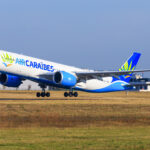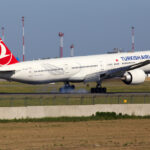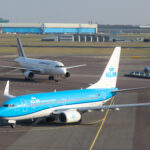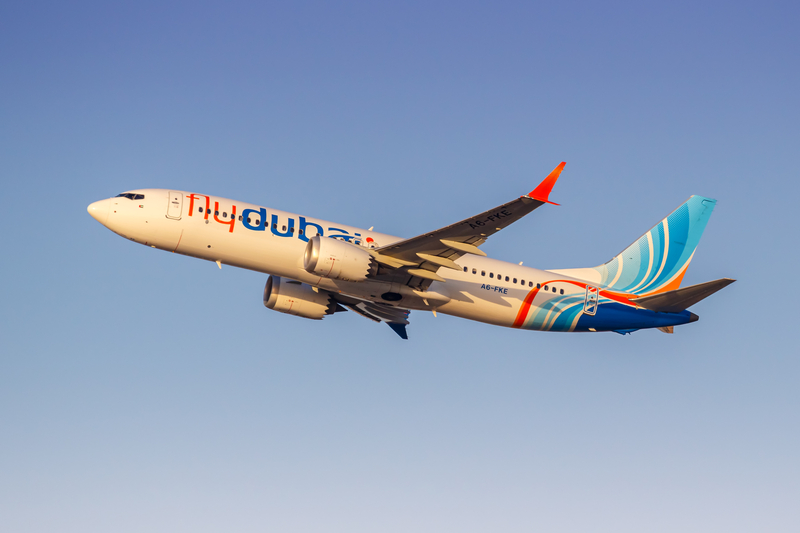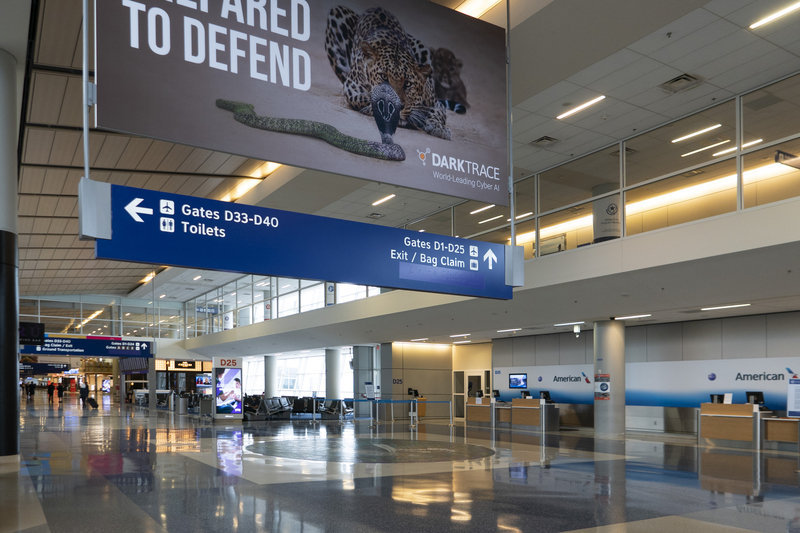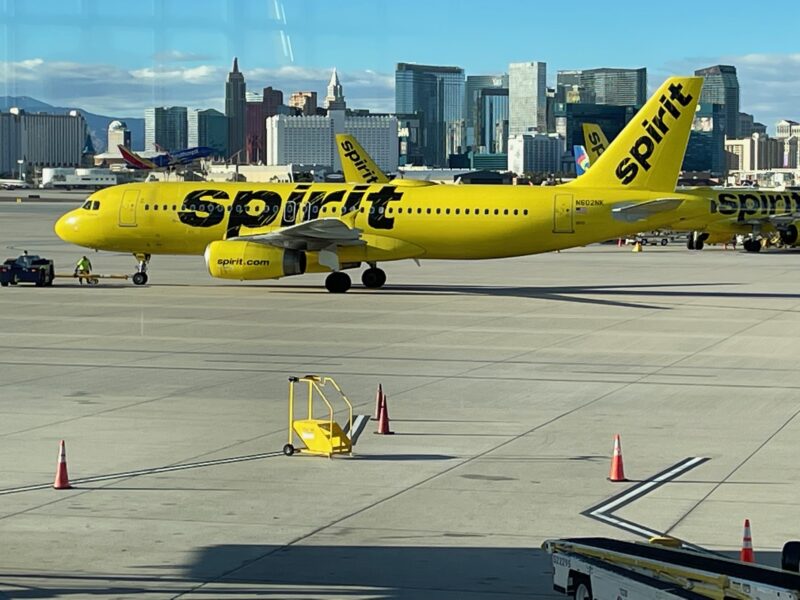Discover Airlines Will Add Four Airbus A350-900s In 2027
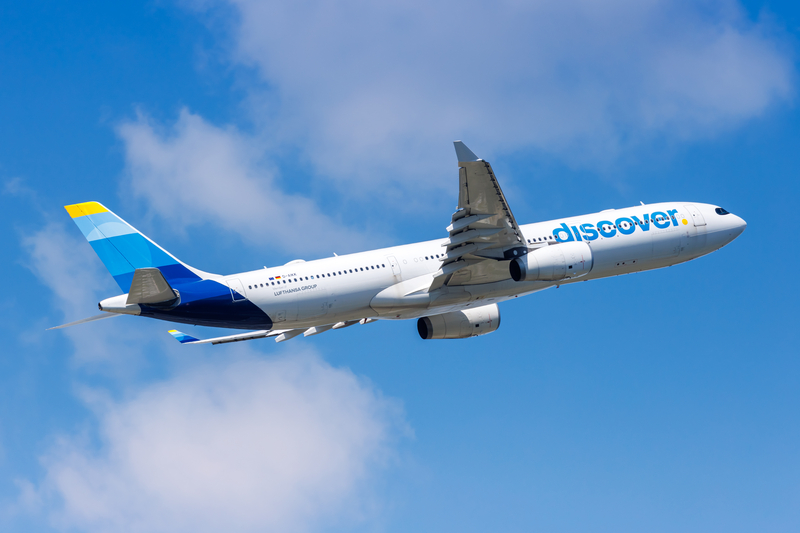
ID 331015264 | Air © Boarding1now | Dreamstime.com
Lufthansa Group’s leisure arm, Discover Airlines, is getting a true flagship. Starting in 2027, the Frankfurt-based carrier will take four Airbus A350-900s—aircraft that previously flew for Philippine Airlines and later joined Lufthansa—marking a step change in range, efficiency, and onboard experience for the growing holiday airline.
From A330 Workhorse To Next-Gen Flagship
Discover’s long-haul operation has so far leaned on Airbus A330s, with the older -200s being retired and the -300s becoming the backbone. That’s kept costs low and fleet integration simple (many of these frames came over from within Lufthansa Group). But the A350s change the equation. They’ll bring lower fuel burn, longer range, and higher reliability—exactly the traits Discover needs as it pushes deeper into long-haul leisure markets.
Management says the first missions will be familiar—think Orlando and Windhoek—before branching into new geographies that the A330 can’t serve as efficiently. Expect Central and South America, parts of Southeast Asia, and deeper Africa to move from “nice idea” to “viable schedule” once the A350s arrive.
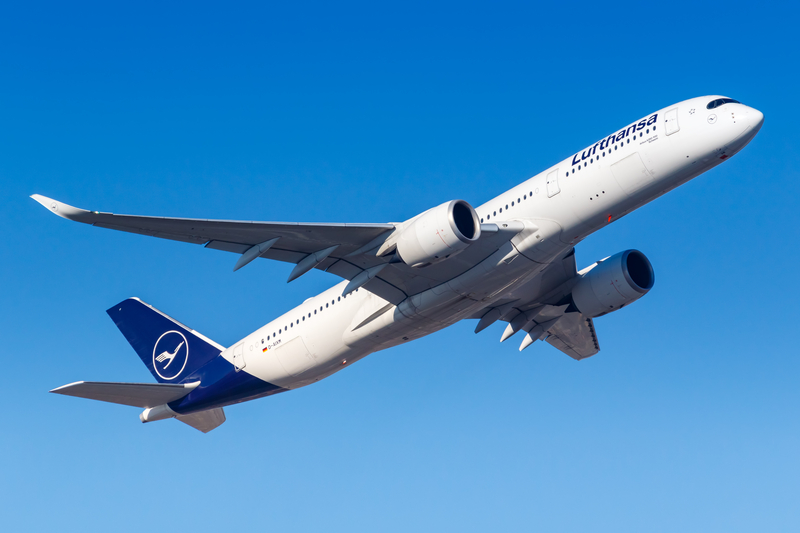
ID 222751791 | Air © Boarding1now | Dreamstime.com
Why These Four A350s Matter
Not all A350s are created equal from a passenger perspective. When Lufthansa scooped up four ex-Philippine Airlines A350-900s during PAL’s restructuring, it kept their premium cabins largely intact. That meant Thompson Aero Vantage XL business-class suites with direct-aisle access—a meaningful upgrade over Lufthansa’s legacy 2-2-2 product on other frames.
Those are the jets Discover is inheriting. If interiors remain broadly unchanged (as expected), Discover will debut its first business cabin with all-aisle access—wider seats, more privacy, and a far more competitive offering for honeymooners, families splurging on comfort, and premium leisure travelers. For an airline built around affordable holidays, that’s a quiet but significant repositioning at the top end.
A Bigger Strategy Inside Lufthansa Group
Lufthansa Group has been busy re-plumbing its widebody fleets. SWISS is taking new A350s with the “SWISS Senses” interiors, Edelweiss is swapping A340-300s for A350-900s, and Lufthansa proper is rolling out Allegris across its A350s and 787s. Handing these four ex-PAL A350s to Discover fits the pattern: put consistent, next-gen cabins on the core premium brands while letting the leisure arm leverage high-quality, already-configured aircraft for growth.
That portfolio approach also helps the Group balance capacity seasonality. Discover can swing frames into high-demand sun markets during European peaks, freeing Lufthansa and SWISS to focus long-haul capacity on business-heavy routes when corporate demand returns.
What Travelers Can Expect
Onboard, the A350s should feel like a generational jump from many A330s you’ve flown to the Canaries or the Caribbean. The ride is quieter, humidity is higher, and cabin pressure is gentler—details you notice after 8–12 hours. Up front, direct-aisle access solves the “climb over a stranger” dance on overnight sectors. Down back, the A350’s cabin width helps 3-3-3 seating feel less pinched than older widebodies at similar density.
Discover is also planning a refreshed business-class product across the fleet, so these A350s should arrive aligned with that branding push, not as outliers. Expect the usual leisure-friendly touches: robust buy-on-board in economy to keep base fares sharp, family-oriented seating logic, and plentiful holiday destinations timed for weekend departures and school breaks.
Network Implications
The airline has flagged Orlando and Windhoek as early A350 markets—smart choices that prove near-term utility while crews and maintenance scale up. Once teething is over, the real prize is range and payload to open thin, long, sunny routes that need serious legs: Brazil’s Northeast, deeper Caribbean islands, Indian Ocean favorites like Mauritius or the Seychelles, or Southeast Asian resort gateways. These are exactly the kinds of links a leisure specialist can make work with the right gauge and costs.
Sustainability & Economics
The A350’s composite structure and new-gen engines typically deliver a double-digit percentage cut in fuel burn versus previous-generation widebodies, which matters both to Discover’s cost base and to Lufthansa Group’s emissions targets. For a price-led brand, lower CASM is oxygen: it keeps fares competitive while absorbing volatility in fuel prices and airport charges across far-flung leisure markets.
Timeline And Fleet Size
Discover is targeting a fleet of roughly 40 aircraft by mid-2028. The four A350-900s are due in 2027, giving the airline lead time to prepare pilots, engineers, and ground staff for a new type. Because these frames already fly within Lufthansa Group, training pipelines and simulators should be easier to secure than if Discover were introducing an all-new manufacturer or oddball sub-type.
Bottom Line
Discover Airlines is graduating from a solid A330 operation to a truly long-range, modern widebody platform—and it’s doing it with four A350-900s that come preloaded with a business-class cabin leisure travelers will actually covet. In the near term, that means more comfortable rides to existing sunshine staples. In the medium term, it unlocks a much bigger map. For Lufthansa Group, it’s another savvy shuffle in a broader fleet plan; for customers, it’s a tangible upgrade just in time for their next long-haul holiday.
